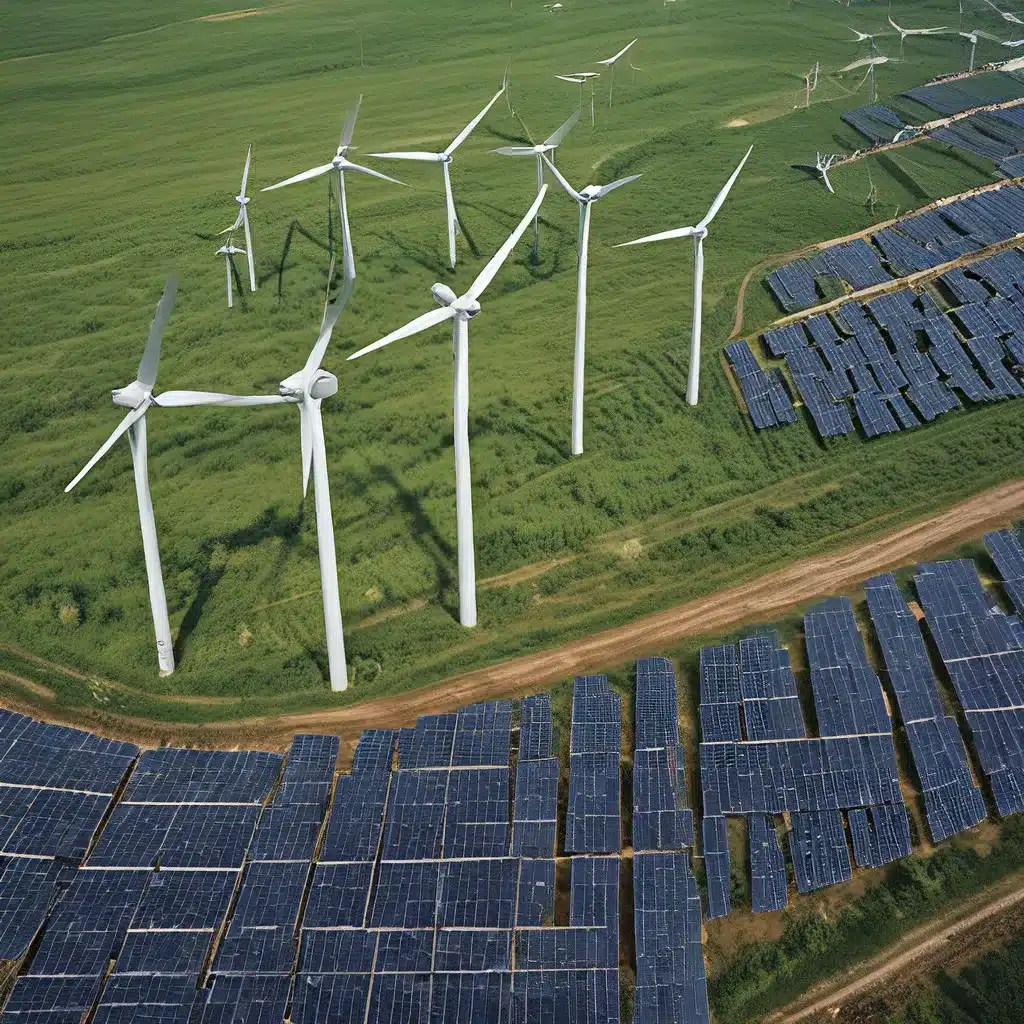
As we navigate the ever-evolving world of renewable energy, it’s crucial to stay informed about the latest developments and key factors shaping this dynamic industry. Whether you’re an investor, a project developer, or simply someone passionate about sustainable solutions, understanding the nuances of the renewable energy landscape can make all the difference in unlocking its full potential.
Embracing the Rise of Battery Energy Storage Systems (BESS)
One area that has emerged as a game-changer is the growing prominence of battery energy storage systems (BESS). As the integration of renewable energy sources (RES) continues to accelerate and fossil-fuel-powered facilities are phased out, BESS have become a sought-after investment opportunity. These versatile systems possess the ability to participate in multiple revenue streams, allowing them to optimize revenue generation and support grid stability in increasingly volatile energy markets.
The trend towards longer-duration energy storage is particularly intriguing, as it enables BESS to capture more value in trading spreads or secure capacity remuneration in markets where it’s a viable option. This shift underscores the importance of carefully considering the warranty and insurance conditions to leverage the system in a way that taps into emerging market opportunities. After all, flexibility is increasingly becoming a must-have in this rapidly evolving landscape.
As technological advancements continue to drive down the costs associated with longer-duration energy storage systems, BESS are well-positioned to directly compete with other energy storage and generation assets. This shift not only extends BESS’s reach but also further diversifies its revenue streams, allowing it to compete effectively in an increasing number of ancillary services.
Balancing Revenue and Cost Considerations
When it comes to deploying and operating BESS, it’s crucial to balance the specific use cases underpinning the business case with the associated costs. Planned utilization can impact both the need for capital and operational expenditure, so aligning the expected deployment revenue streams with assumptions on costs is essential to ensure project profitability.
Investors and project developers need to account for the largest components of capital expenditure, such as buying the system and land rights, as well as the operational expenses for running the system, including grid fees, optimization costs, and operations and maintenance. Moreover, planning for the end of the BESS life during the construction phase can potentially improve the business case through updated assumptions regarding the residual value of the system and risks or opportunities associated with recycling.
Navigating Technological Advancements and Regulatory Landscapes
As the renewable energy sector continues to evolve, new technologies are likely to make BESS cheaper and more appealing to investors in the coming years, from 2024 to the late 2020s. This technological progress can have a material influence on the business case, particularly when it comes to battery lifespan, as the difference in the number of cycles between Lithium-ion and Lithium-iron-phosphate batteries can be a pivotal consideration for investors.
In addition to revenue and cost considerations, other critical elements to assess when evaluating investment prospects include developing models that simulate scenarios and options of revenue stacking, market prices, and utilization, all while maintaining warranty conditions or stress-testing under different assumptions on regulation, market competitive dynamics, and technological advancements. This comprehensive analysis can provide invaluable insights into potential developments and enable better-informed risk-management decisions and the development of mitigation strategies where risks are material.
Embracing the Renewable Energy Transition
As we navigate this evolving renewable energy landscape, it’s clear that strategic planning, careful consideration of costs and revenue streams, and a deep understanding of the technological and regulatory landscape are essential for unlocking the full potential of BESS and other renewable energy solutions. By staying informed, embracing new innovations, and actively addressing the key considerations outlined in this article, we can position ourselves to thrive in this dynamic and rapidly transforming energy sector.
Ultimately, the renewable energy transition presents a wealth of opportunities for forward-thinking individuals and organizations. By leveraging the insights and strategies discussed here, you can navigate this changing landscape with confidence, capitalize on emerging market trends, and play a crucial role in shaping a more sustainable energy future. So let’s embark on this exciting journey and unlock the renewable energy revolution together!

